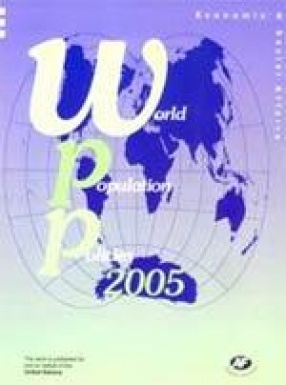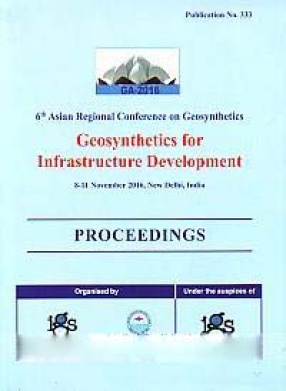The publication provides a summary overview of population policies and dynamics for each of the United Nations Member and non-member States for which data are available at mid-decade for the 1970s, 1980s, 1990s and for 2005. The core information included in the monitoring of population policies encompasses two basic components: Government perceptions of population size and growth, population age structure and spatial distribution, and of the demographic components of fertility, mortality and migration which affect them. For each of these variables, is the level or trend viewed as a significant policy issue, and is the prevailing level or rate of change seen as too high, too low or acceptable/satisfactory in relation to other social and economic conditions? Government policies with respect to each variable. Is the policy of the Government to raise, lower or maintain the current level of the variable/ Has the Government actively intervened to influence the variable and, if so, by what means? This publication shows, on a country-by-country basis, the evolution of Government views and policies from 1976 to 2005 with respect to population size and growth, population age structure, fertility and family planning, health and mortality, spatial distribution and international migration-within the context of demographic, social and economic change. The material is presented in the form of two-page date sheets: the first page contains population policy data for each country for 1976, 1986, 1996 and 2005, and the second page provides population indicators for the corresponding years.
World Population Policies 2005
In stock
Free & Quick Delivery Worldwide
reviews
Bibliographic information
Title
World Population Policies 2005
Author
Edition
1st ed.
Publisher
ISBN
8171885705
Length
xiii+477p., Tables; Figures; 29cm.
Subjects








There are no reviews yet.